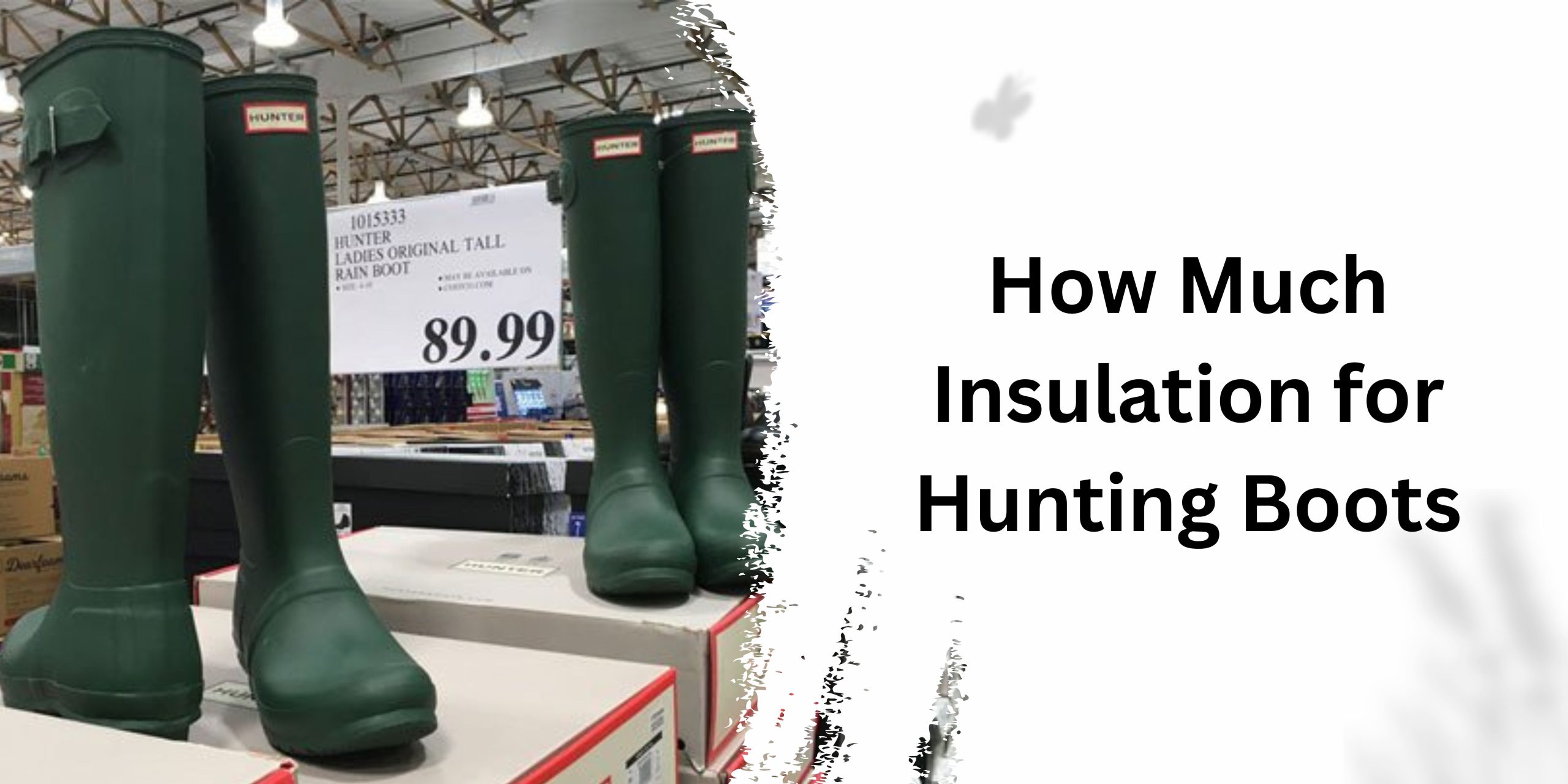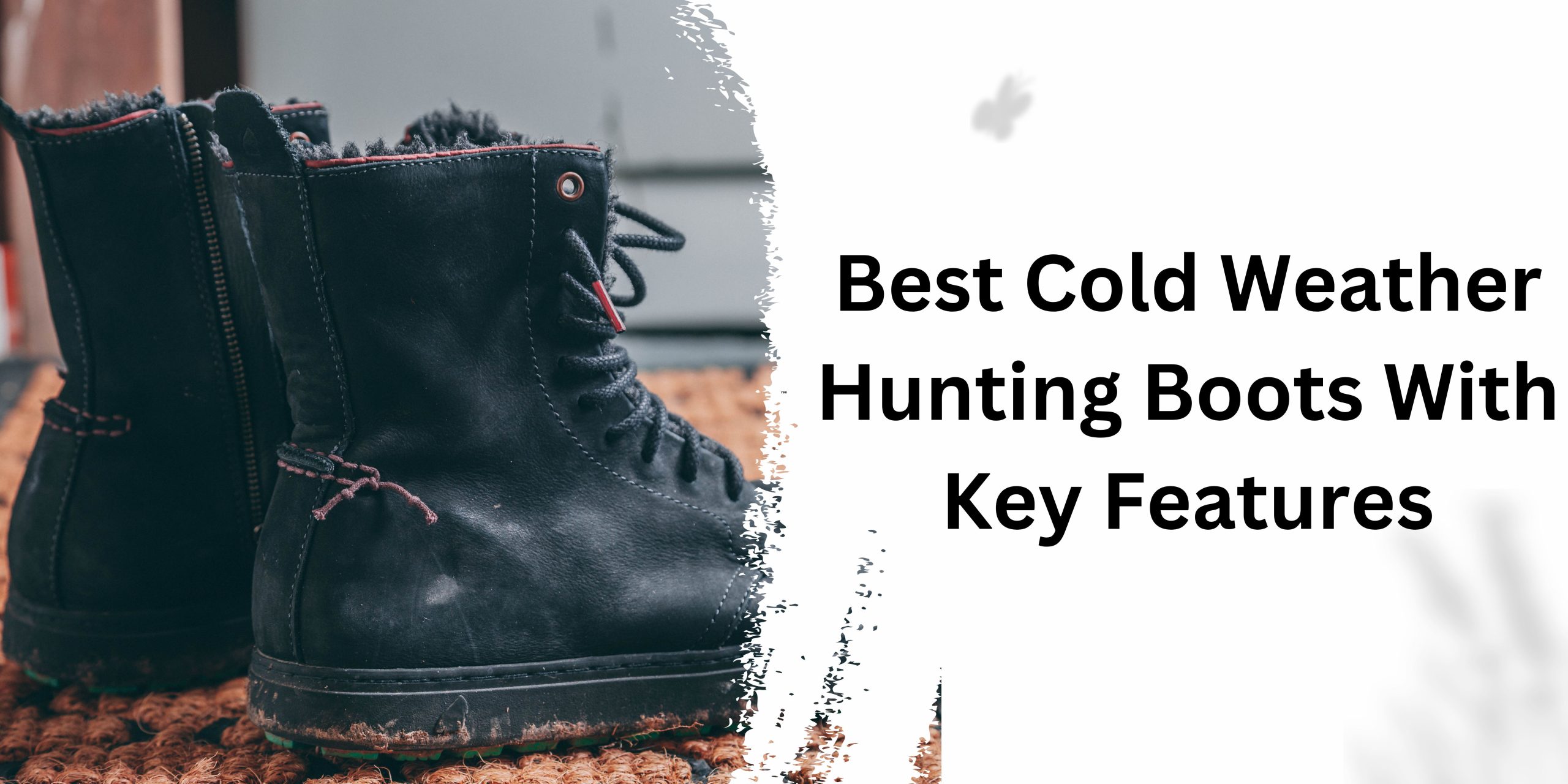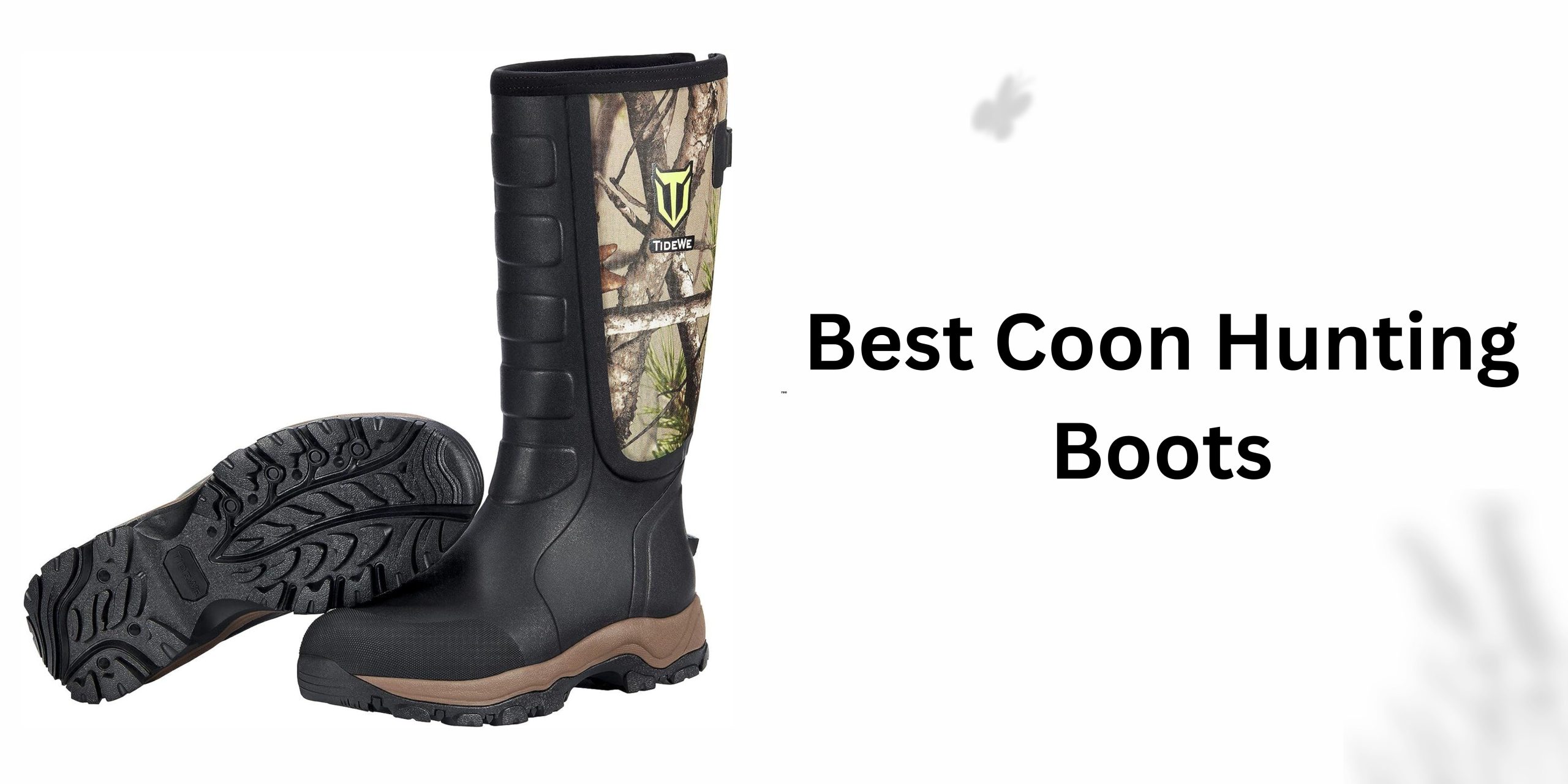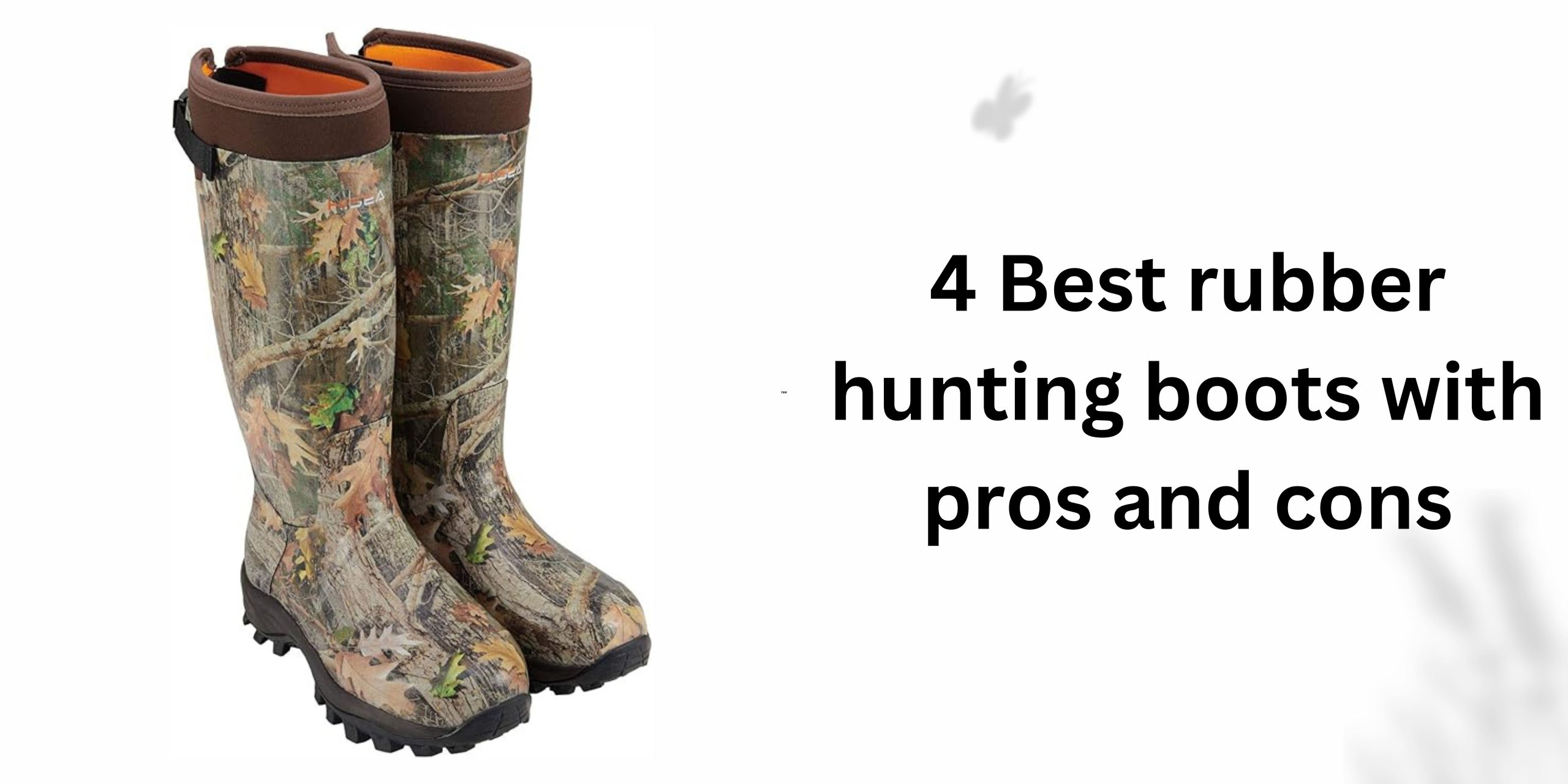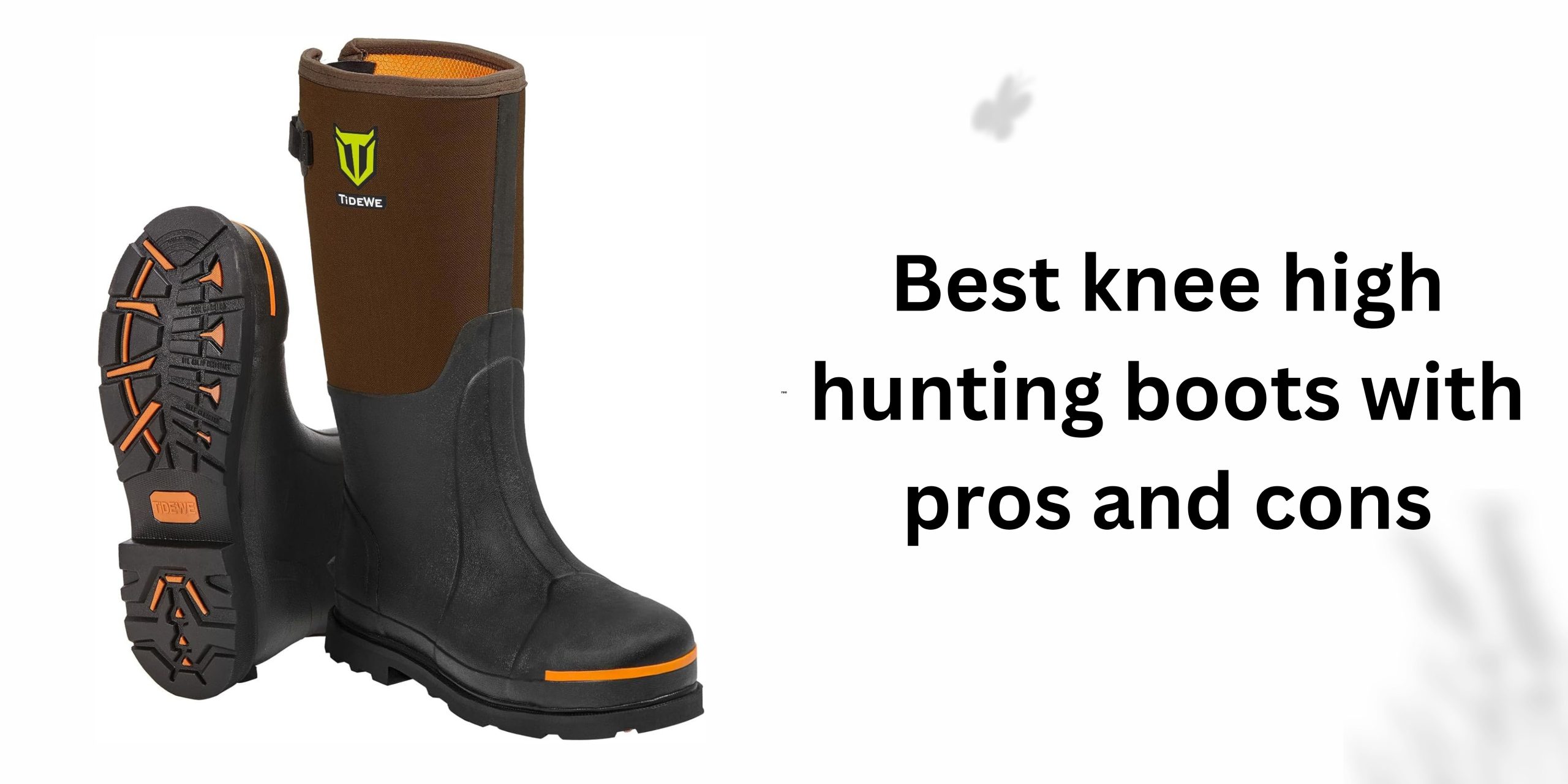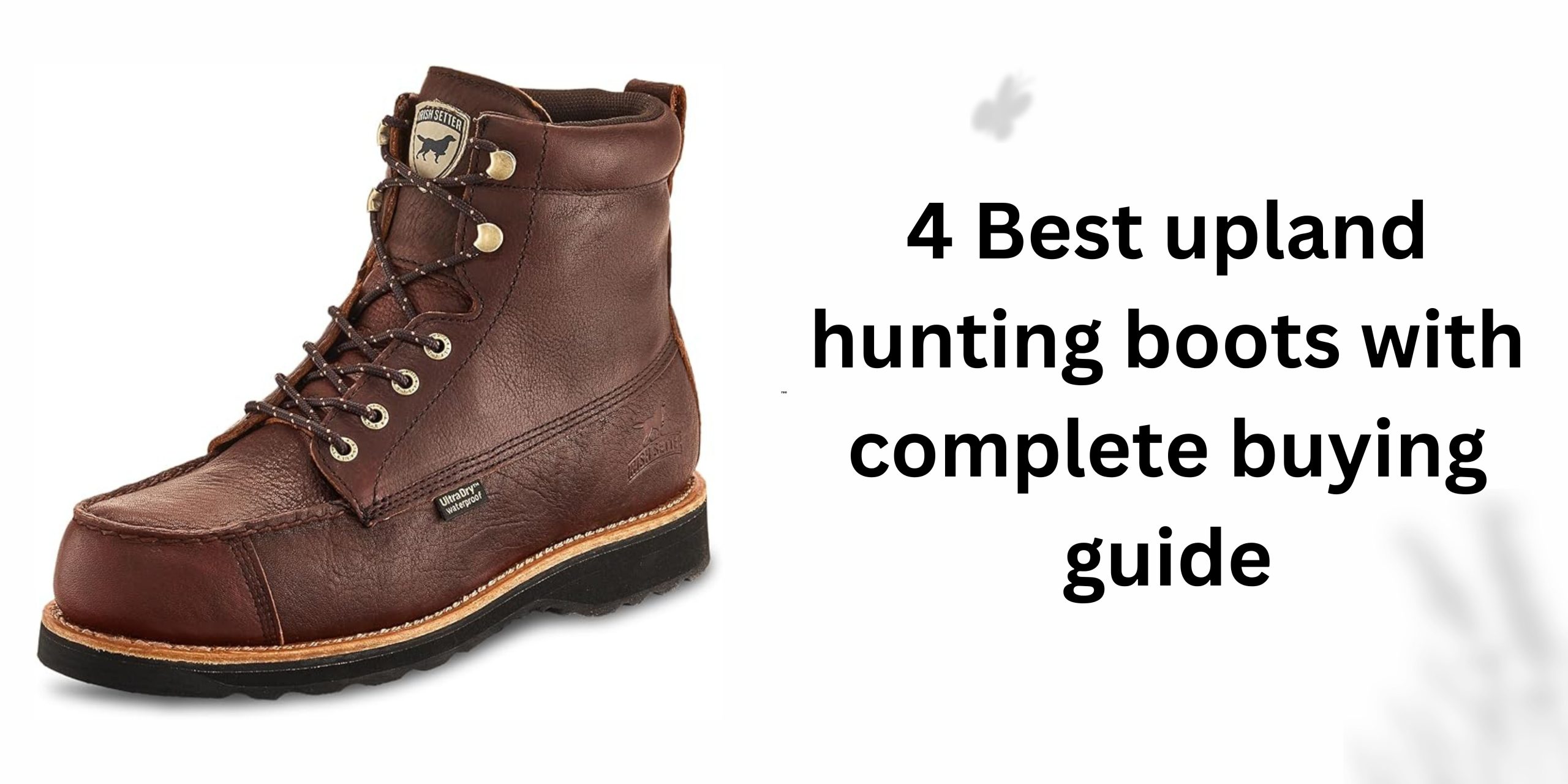Are you gearing up for your next hunting expedition and wondering, How much insulation do I need for my hunting boots? Well, fret not, fellow outdoor enthusiast! Choosing the right amount of insulation for your hunting boots is crucial for a comfortable and successful hunting experience. Let’s embark on a journey through the world of insulated boots, exploring the ins and outs to help you make an informed decision.
Do I Need Insulated Boots?
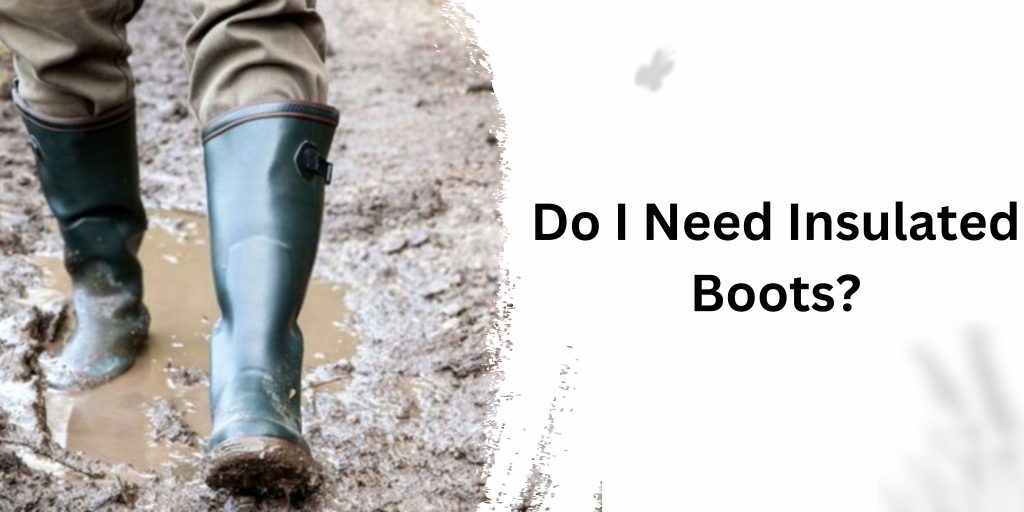
Imagine this: a crisp morning, the sun just beginning to peek over the horizon, and you’re deep in the woods, anticipating the thrill of the hunt. As you take your first step, you feel a chill, and suddenly, your focus is disrupted by the discomfort of cold feet. This scenario is all too familiar for those who’ve underestimated the importance of insulated boots.
Insulated boots serve as a thermal barrier between your feet and the cold, ensuring that you stay warm and focused on your hunt. If you’re planning to hunt in colder climates or during the winter months, investing in insulated boots becomes a game-changer. The insulation acts as a shield against the biting cold, allowing you to extend your hunting sessions without succumbing to the elements.
Read More: How to Shine Hunter Boots
What Are Insulated Boots Made From?
Now that you’ve decided to go for insulated boots, let’s delve into the materials that make them a winter warrior’s best friend. Insulated boots are crafted using a variety of materials, each with its unique properties and benefits.
- Thinsulate: A popular choice for insulation in hunting boots, Thinsulate is known for its excellent warmth-to-thickness ratio. This synthetic material traps and retains heat effectively, providing insulation without adding bulk to the boots.
- Gore-Tex: Often integrated into the design of insulated boots, Gore-Tex is a breathable and waterproof membrane. It not only keeps your feet warm but also ensures they stay dry by preventing moisture from seeping in.
- PrimaLoft: Renowned for its ability to maintain insulation even when wet, PrimaLoft is a synthetic insulation material that offers reliable warmth in various conditions. It’s a preferred choice for those who might encounter wet terrains during their hunts.
How Much Insulation for Hunting Boots
Now, let’s tackle the burning question: how many grams of insulation do you need for your hunting boots? The insulation level is measured in grams, indicating the weight of the insulation material per square meter.
400g Insulated Boots Temperature Rating
Ideal for milder climates or early-season hunts, 400g insulated boots provide sufficient warmth without causing your feet to overheat. They strike a balance that keeps you comfortable during cool mornings without becoming too hot as the day progresses.
600g Insulated Boots Temperature Rating
If you’re venturing into colder territories or planning hunts during late fall, 600g insulated boots are a solid choice. They offer increased insulation to combat lower temperatures, ensuring your feet remain comfortably warm throughout your outdoor pursuits.
800g Insulated Boots Temperature Rating
As winter approaches, 800g insulated boots step up to the plate, providing a higher level of warmth suitable for freezing conditions. These boots are perfect for hunters braving the cold and need reliable insulation to tackle sub-zero temperatures.
1000g Insulated Boots Temperature Rating
For the true winter warriors, 1000g insulated boots are the go-to option. Designed to withstand extreme cold, these boots ensure your feet stay toasty even in the harshest winter environments. They’re your trusted companions for arctic expeditions and frigid hunting escapades.
Read More: Why Proper Buckling Matters?
What Kind of Socks Should I Wear with Insulated Boots?

Now that you’ve selected the perfect insulation level for your hunting boots, let’s talk about another crucial element: socks. The right pair of socks can enhance the effectiveness of your insulated boots and contribute to a more comfortable experience.
Opt for moisture-wicking socks to keep your feet dry and prevent sweat buildup. Merino wool socks are an excellent choice, as they provide insulation, moisture management, and odour control. Remember, the synergy between your socks and insulated boots can make a significant difference in your overall comfort during the hunt.
Read More: How to Tighten Hunter Boots?
Summary
In the realm of hunting boots, finding the right balance of insulation is paramount. Whether you’re navigating through the snow-covered woods or braving the chill of early mornings, the proper insulation level ensures your feet stay warm and comfortable. From 400g to 1000g, each insulation level caters to specific temperature ranges, allowing you to tailor your choice based on the demands of your hunting environment.
So, as you prepare for your next hunting adventure, equip yourself with the knowledge to make an informed decision about how much insulation your boots need. Your feet will thank you when you’re deep in the heart of the wilderness, focused on the thrill of the hunt rather than the discomfort of cold toes.

